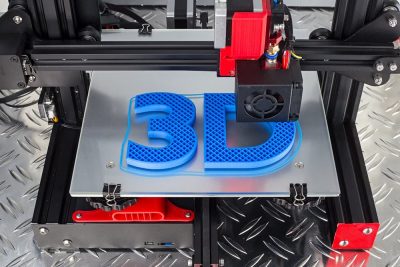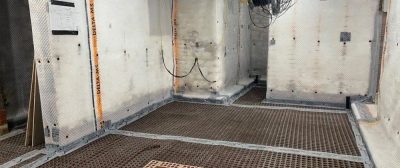
Windows are an essential part of any home, providing ventilation, natural light, and a connection to the outdoors. However, the mechanisms that allow them to open and close smoothly can wear out over time due to regular use, weather exposure, or corrosion. Replacing the opening mechanisms and hardware can restore functionality without the need for a full window replacement. Here’s a step-by-step guide to help you refresh the necessary parts.
Step 1: Assess the Type of Window and Mechanism
Before replacing any hardware, it’s essential to identify the type of window you have and the mechanism that controls its opening and closing. Different windows use different opening systems, such as:
- Casement windows: Operated by a crank mechanism
- Sliding windows: Open by sliding horizontally along a track
- Double-hung windows: Use a pulley and spring system to move up and down
- Awning windows: Have hinges at the top and open outward using a crank
Understanding the type will help you source the correct parts, such as cranks, locks, or pulleys. If you aren’t sure where to begin or how to find the right tools, you may want to speak with your local experts, like the team at Permanent Window Solutions. Head to their website for help and assistance with window installation.
Step 2: Gather Tools and Replacement Hardware
To replace your window mechanism and hardware, you’ll need the following tools and materials:
- Screwdriver (flathead and Phillips head)
- Pliers
- Utility knife
- Replacement hardware (cranks, tracks, locks, hinges, etc.)
- Measuring tape (for measuring sizes)
- Lubricant (optional, for ensuring smooth operation)
Make sure you order parts that are compatible with your window type. You can find these at home improvement stores or online by matching the model or by measuring the dimensions of the current hardware.
Step 3: Remove the Old Hardware
Now that you have the necessary tools and replacement parts, it’s time to remove the old hardware. Follow these steps depending on your window type:
- Casement Windows
Open the window completely, then use a screwdriver to remove the crank handle and operator. Carefully disconnect the arm from the sash by loosening the screws. You may need to use pliers to gently detach stubborn components. - Sliding Windows
Remove the sash from the track by lifting and tilting it inward. Inspect the rollers and tracks. Use a screwdriver to remove the rollers from the sash or unscrew the tracks if they need replacement. - Double-Hung Windows
If your window uses a pulley system, you may need to remove the stops first. Then, lift the sash and detach the weights or springs inside the frame. Unscrew the old pulley system or balance springs. - Awning Windows
For awning windows, you’ll need to remove the crank or arm mechanism. Unscrew the crank handle and disconnect the arm that connects the sash to the frame.
Step 4: Clean and Inspect the Area
Once the old hardware is removed, take a moment to inspect the area where the new parts will go. Clean the area with a utility knife to remove any debris, old lubricant, or rust. This will ensure a smooth fit for the new mechanism. If you notice any damaged wood or metal around the frame, repair or treat it before installing the new parts.
Step 5: Install the New Mechanism and Hardware
Now that the area is prepared, it’s time to install the new opening mechanisms and hardware. Here’s how to install different types of mechanisms:
- For Casement Windows
Attach the new crank operator to the frame by aligning the screw holes with the existing ones. Secure the operator using screws and connect the arm to the sash. Finally, attach the crank handle to the operator. - For Sliding Windows
If you’re replacing the track, install the new one by screwing it into the frame where the old track was located. Attach the new rollers to the sash and place the sash back into the track. Ensure the window slides smoothly before securing everything in place. - For Double-Hung Windows
Install new pulleys or balance springs by screwing them into the jamb. Attach the sash to the pulley system or spring, and make sure the window moves freely up and down. - For Awning Windows
Secure the new crank or arm mechanism to the frame and connect the arm to the sash. Install the handle and test the operation to ensure smooth opening and closing.
Step 6: Test the Window
After installing the new mechanism, test the window to ensure everything operates smoothly. Open and close it several times to make sure the mechanism works without any sticking or jamming. If the window is difficult to operate, you may need to apply lubricant to the moving parts.
Step 7: Final Adjustments and Finishing Touches
Once you’ve tested the window, make any final adjustments to ensure it’s functioning properly. Tighten any loose screws or hardware and clean up the area around the window. Check the locks and latches to ensure they’re secure, as this is essential for both safety and energy efficiency.
Find the Best Windows in Calgary
Replacing window opening mechanisms and hardware can seem like a daunting task, but it’s often a straightforward project with the right tools and knowledge. You can extend the life of your windows, improve their functionality, restore the ease of operation, and enhance your home’s comfort—all at the same time. If you’re unsure about any part of the process, consulting a professional to find the best replacement mechanisms and windows in Calgary can help ensure the job is done right.








